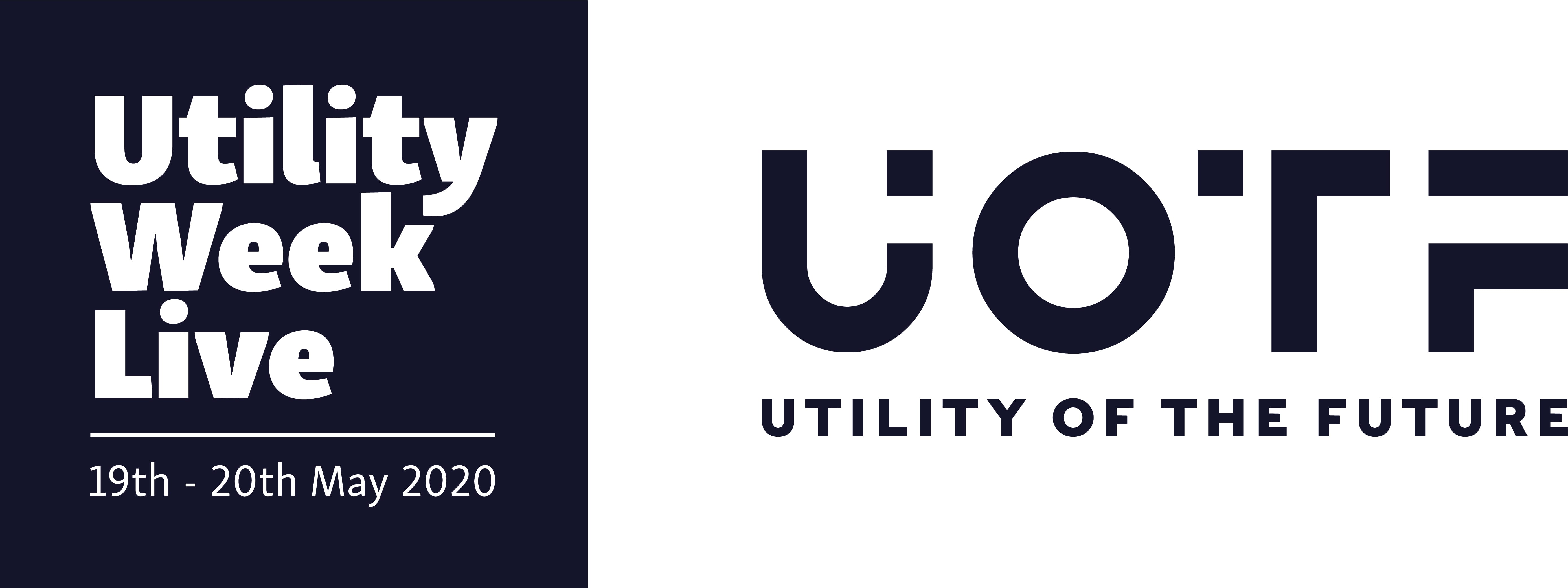You’ve reached your limit!
To continue enjoying Utility Week Innovate, brought to you in association with Utility Week Live or gain unlimited Utility Week site access choose the option that applies to you below:
Register to access Utility Week Innovate
- Get the latest insight on frontline business challenges
- Receive specialist sector newsletters to keep you informed
- Access our Utility Week Innovate content for free
- Join us in bringing collaborative innovation to life at Utility Week Live
Regulating heat networks will protect consumers and reduce development risks, according to Charlotte Owen, policy officer at the Association for Decentralised Energy

 Heat networks regulation – where are we now?
Heat networks regulation – where are we now?
Following calls from industry, at the end of 2018 both Westminster and the Scottish government said they would introduce regulation to the heat networks market. It’s nearly a year later, so where are we now?
Since then, government and industry have been beavering away through working groups, pulling together feedback from consultations and discussing the nuances of proposed regulation.
In Scotland, this has culminated in the announcement of a forthcoming Heat Networks Bill. From Westminster, we were expecting to see the first of two consultations this side of Christmas, but with recent general election announcements and the possibility of a new government, early 2020 is a more realistic estimation. When this consultation is published, it will collate feedback on the overarching format of regulation and a proposed market framework, with a further consultation on the detail to follow later in 2020.
Refresher – why do we need regulation?
First, and most importantly, regulation must protect consumers and ensure they receive positive outcomes. The market has been striving to ensure good outcomes for consumers in the absence of regulation, with the average domestic heat networks consumer paying £100 less than those with individual gas boilers. Industry also established the voluntary consumer protection body, Heat Trust, back in 2015. However, regulation will provide a backstop to ensure all heat network consumers have a positive experience.
Second, in order to allow the market to deliver on the government’s ambitions for 17 per cent of domestic heat to be met through heat networks by 2050, regulation and policy must address the critical issue of demand risk. This is the risk associated with uncertainty around whether the timing, number of customer connections, and associated profile of heat demand will result in a sustainable, commercially viable network. At present, investing in heat networks is more costly than investing in other incumbent heating infrastructure. Typically, infrastructure investment is perceived as low risk, low return; however, due to the risk profile of the heat networks market, investment in heat networks is often less attractive than investment in other infrastructure.
The introduction of regulation to address these risks and ensure positive consumer outcomes, coupled with financial support such as from the Heat Networks Investment Project in England and Wales, will help to make investment in heat networks more attractive and boost much-needed growth in the sector.
How might regulation work?
The prevalent idea in the industry is a licensing scheme whereby an organisation must hold a licence to own or operate a heat network. This would mean organisations become subject to the rules of the licence, and that the regulator has a means by which to hold the organisation to account. Embedded in the licence conditions could be requirements around consumer protection, transparency of pricing, network maintenance and supplier of last resort processes, for example.
Licensed operators could also gain access to other benefits that would reduce demand risk or the cost of development, including the right to connect certain zoned properties to the network, statutory undertaker rights, and financial support.
What role do heat networks play in a decentralised energy system?
As a technology and fuel-agnostic infrastructure, heat networks are consistent with all net zero scenarios. They can use various types of generation, including waste heat, electric heat pumps, biomass boilers, gas CHP, and in the future, hydrogen.
Current understanding suggests there is no silver bullet for decarbonising heating and we must press on with this understanding. It’s likely that a strategic, patchwork approach will enable us to ensure the best solutions are directed to the most appropriate areas of the UK.
As we strive to decarbonise our energy system, we must see greater empowerment for local action. Local actors understand local context and are well placed to assess demand and opportunity, and make decisions about the future of energy in their area. Local authorities should thus be empowered to direct national government policy; one emerging way to go about this is through heat and energy efficiency zoning.
Heat networks are often the most suitable choice for decarbonising dense urban areas, and areas with harder-to-decarbonise buildings and lower EPCs. Areas with these characteristics could be zoned for heat networks, with policy targeted to support their deployment.
With the electrification of heating in some areas of the UK, the need for electricity system flexibility will increase as we strive to avoid the costs associated with network reinforcement and the carbon associated with meeting peak demand. Heat networks will have a role to play in adding flexibility to the broader energy system, providing a further buffer between properties and the grid through thermal storage and inertia in the system, allowing networks to respond reactively to signals from the grid.
Please login or Register to leave a comment.